- PRECIOUS GEMSTONE
-
GEMSTONES
- SEMI-PRECIOUS GEMSTONES
- BIRTH STONES
- RUDRAKSHA

Why Is the Turquoise Stone Admired for Both Beauty and Benefits?
Turquoise, with its striking blue-green hue, is a gem that has captured human fascination for thousands of years. Revered for its beauty and qualities, turquoise has been a cherished stone in various cultures and civilizations.
The Alluring Beauty of Turquoise
Turquoise is easily recognizable by its unique color spectrum, which ranges from sky blue to greenish-blue shades. This distinctive coloration is due to the presence of copper and iron within the stone. The finest turquoise stones, often referred to as "Persian turquoise," are a vivid robin's egg blue and are highly sought after by collectors and jewelers alike.
Turquoise's appeal lies not only in its color but also in its natural matrix. This is the web-like pattern of veins that often runs through the stone, adding to its character and uniqueness. Whether set in silver, gold, or other metals, turquoise jewelry exudes a timeless elegance and can complement a wide array of fashion styles, from bohemian chic to high-end couture.
Historical and Cultural Significance
The history of turquoise is as rich and varied as its color palette. Ancient civilizations, including the Egyptians, Persians, and Native Americans, highly valued turquoise for both its beauty and it's supposed protective qualities.
Egyptians: Turquoise was mined in the Sinai Peninsula and used extensively in jewelry, amulets, and inlaid in burial masks, including the famous death mask of Pharaoh Tutankhamun. It was believed to bring good fortune and ward off evil spirits.
Persians: In ancient Persia, turquoise was worn as a protection against unnatural death. The sky-blue stones were also carved into elaborate designs and used to decorate important buildings, including mosques and palaces.
Native Americans: Turquoise holds significant spiritual meaning for many Native American tribes. It is often used in ceremonial objects, as well as in intricate inlays and beadwork. Turquoise is considered a sacred stone, symbolizing life, good fortune, and protection.
Benefits of Turquoise
Beyond its beauty and historical value, turquoise is believed to offer a myriad of benefits to those who wear it. While scientific evidence supporting these claims is limited, the stone's enduring popularity suggests that many people find value in its purported properties.
Healing Properties
Turquoise is often associated with physical and emotional healing. It is believed to have anti-inflammatory and detoxifying effects, which can help with ailments such as arthritis and respiratory issues. Additionally, turquoise is thought to promote overall wellness by balancing the body’s energy centers, or chakras.
Emotional and Spiritual Benefits
Emotionally, turquoise is said to be a stone of calm and tranquility. It is thought to alleviate stress and promote a sense of inner peace. This makes it a popular choice for those who practice meditation or seek mindfulness in their daily lives.
Spiritually, turquoise is revered as a stone of protection. It is believed to dispel negative energy and safeguard its wearer from harm. Many people wear turquoise as a talisman or amulet, trusting in its ability to bring good luck and ward off danger.
Enhancing Communication and Expression
Turquoise is also linked to the throat chakra, which governs communication and self-expression. Wearing turquoise is believed to help individuals articulate their thoughts more clearly and confidently. This can be particularly beneficial for those in professions that require public speaking or creative expression.
Caring for Your Turquoise
To maintain the beauty and benefits of your turquoise jewelry, proper care is essential. Turquoise is a relatively soft stone, with a Mohs hardness rating of 5-6, which means it can be easily scratched or damaged. Here are some tips to keep your turquoise looking its best:
Avoid Exposure: Keep turquoise away from harsh chemicals, including household cleaners and cosmetics. These substances can damage the stone’s surface and affect its color.
Clean Gently: Clean turquoise jewelry with a soft, damp cloth. Avoid using ultrasonic cleaners or steam cleaning, as these can cause damage.
Store Safely: Store turquoise pieces separately from harder gemstones and metals to prevent scratches. A soft pouch or lined jewelry box is ideal.
Conclusion
The turquoise stone is more than just a gem; it is a symbol of beauty, history. As you adorn yourself with this stone, you join a long lineage of admirers who have cherished turquoise for its unique charm and enduring allure.
My Account
Contact Info
- Address: 28, 7th Street, Tatabad, Coimbatore, Tamil Nadu - 641012, India.
- Phone: +91 7264 999 000
- Email: eloragems@gmail.com
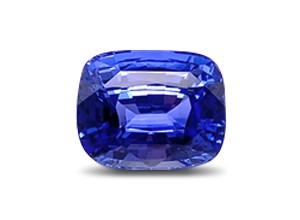 Blue Sapphire (Neelam)
Blue Sapphire (Neelam) 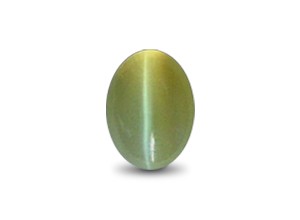 Cats Eye (Vaiduryam)
Cats Eye (Vaiduryam) 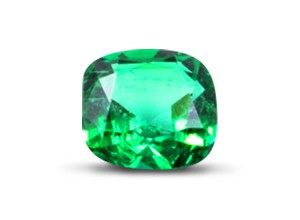 Emerald (Maragadham)
Emerald (Maragadham) 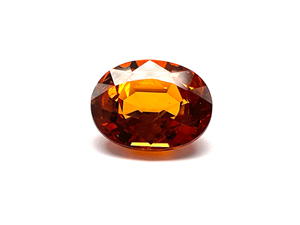 Hessonite (Gomed)
Hessonite (Gomed) 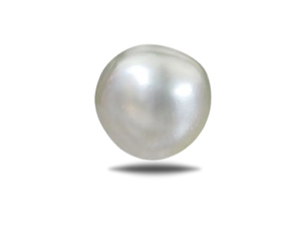 Pearl (Muthu)
Pearl (Muthu) 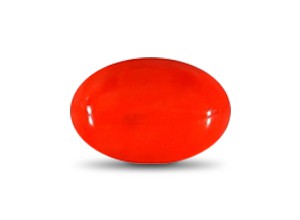 Red Coral (Pavalam)
Red Coral (Pavalam) 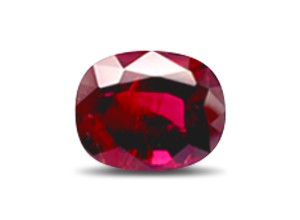 Ruby (Manik)
Ruby (Manik)  Yellow Sapphire (Pushparag)
Yellow Sapphire (Pushparag) 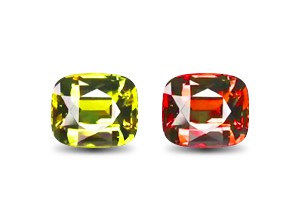 Alexandrite
Alexandrite 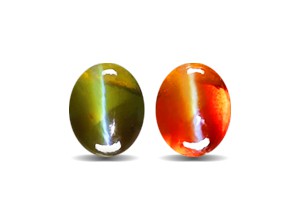 Alexandrite Cats Eye
Alexandrite Cats Eye 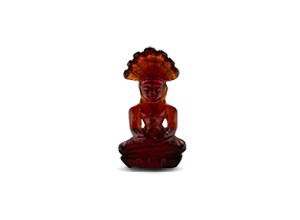 Carving Gem Stones
Carving Gem Stones 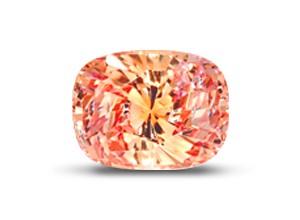 Padparadscha Sapphire
Padparadscha Sapphire 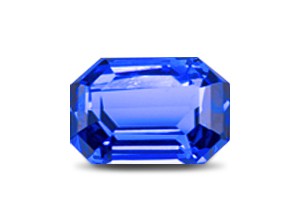 Tanzanite
Tanzanite 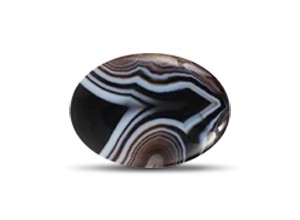 Agate
Agate  Amber
Amber 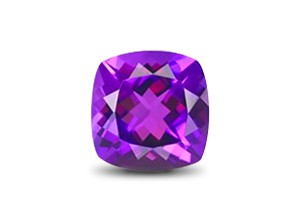 Amethyst
Amethyst 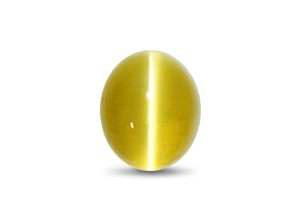 Apatite Cat's Eye
Apatite Cat's Eye 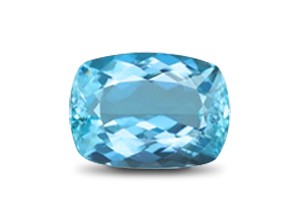 Aquamarine
Aquamarine 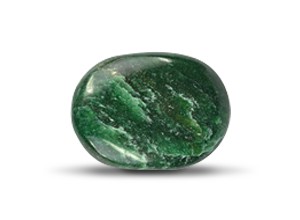 Aventurine
Aventurine 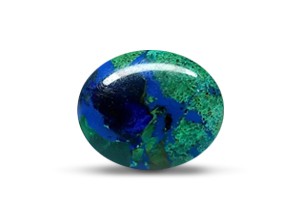 Azurite
Azurite 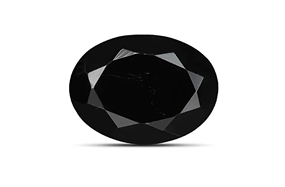 Black Tourmaline
Black Tourmaline 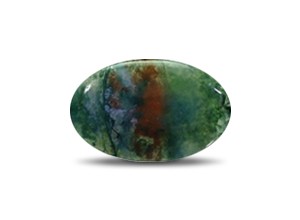 Bloodstone
Bloodstone 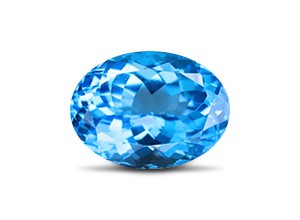 Blue Topaz
Blue Topaz 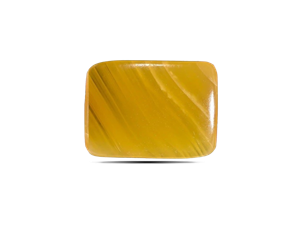 Calcite
Calcite 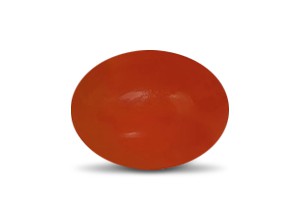 Carnelian
Carnelian 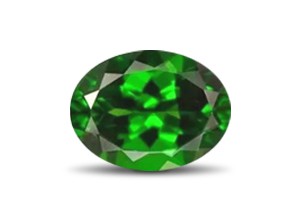 Green Sapphire
Green Sapphire 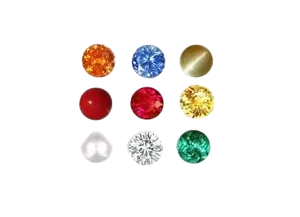 Navratna
Navratna 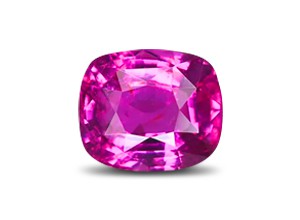 Pink Sapphire
Pink Sapphire 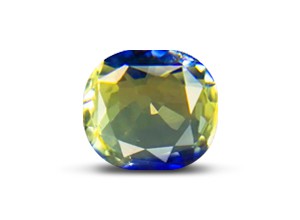 Pitambari Neelam
Pitambari Neelam 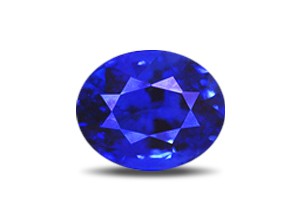 Sapphire
Sapphire 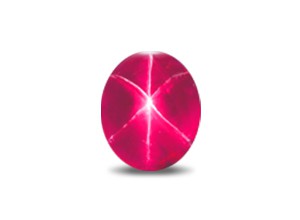 Star Ruby
Star Ruby 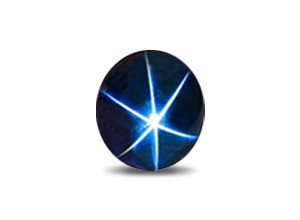 Star Sapphire
Star Sapphire 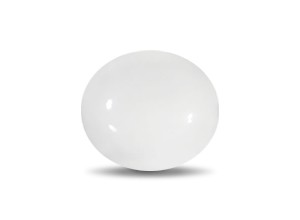 White Coral
White Coral 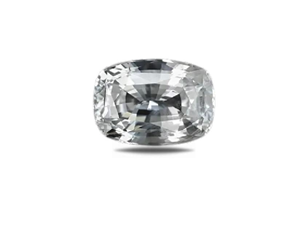 White Sapphire
White Sapphire 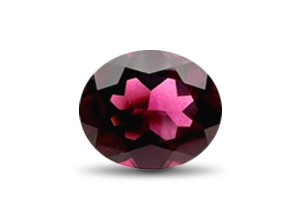 January Birthstone
January Birthstone 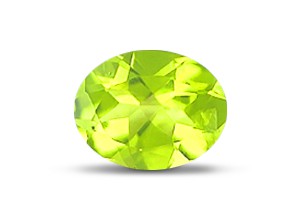 August Birthstone
August Birthstone 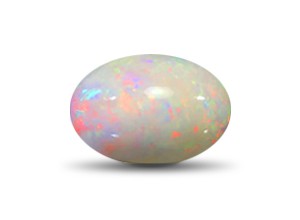 October Birthstone
October Birthstone 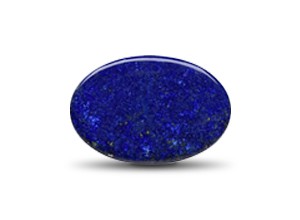 December Birthstone
December Birthstone 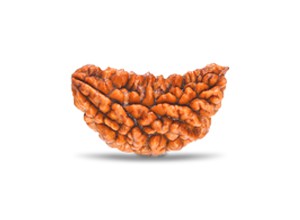 1 Mukhi Rudraksha
1 Mukhi Rudraksha 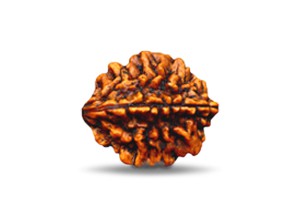 2 Mukhi Rudraksha
2 Mukhi Rudraksha 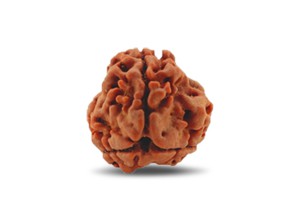 3 Mukhi Rudraksha
3 Mukhi Rudraksha 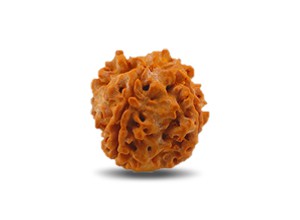 4 Mukhi Rudraksha
4 Mukhi Rudraksha  5 Mukhi Rudraksha
5 Mukhi Rudraksha 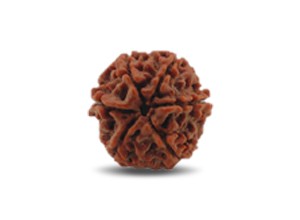 6 Mukhi Rudraksha
6 Mukhi Rudraksha 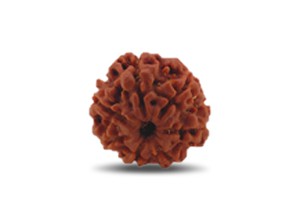 7 Mukhi Rudraksha
7 Mukhi Rudraksha 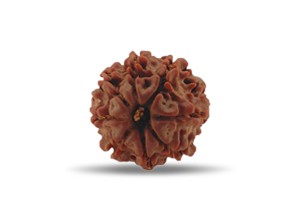 8 Mukhi Rudraksha
8 Mukhi Rudraksha 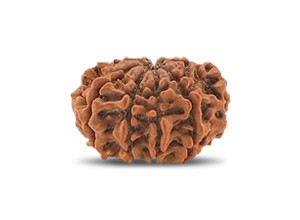 9 Mukhi Rudraksha
9 Mukhi Rudraksha  10 Mukhi Rudraksha
10 Mukhi Rudraksha 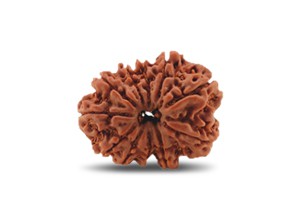 11 Mukhi Rudraksha
11 Mukhi Rudraksha 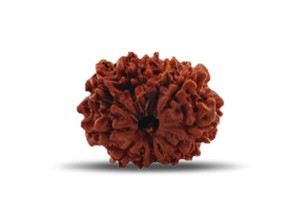 12 Mukhi Rudraksha
12 Mukhi Rudraksha 
